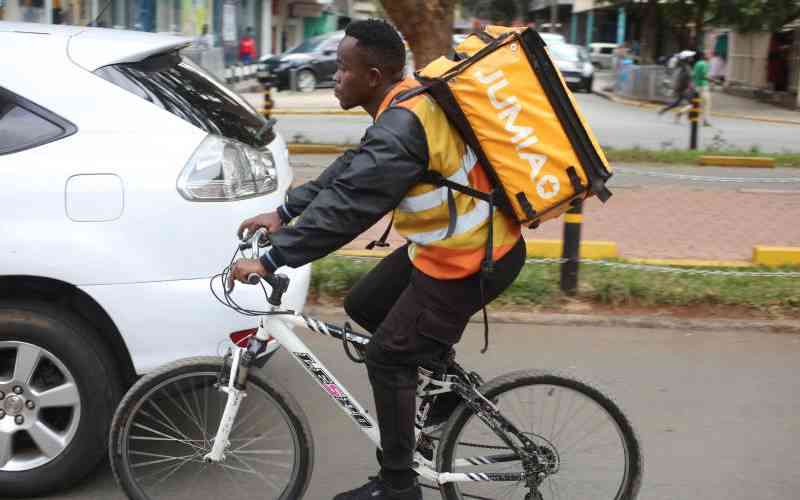×
The Standard e-Paper
Truth Without Fear

A man from Jumia online shopping cycling as he makes office & home deliveries.[Wilberforce Okwiri,Standard]
Vinod Goel, the East Africa Chief Executive of Jumia believes he has cracked the code to grow the e-commerce platform into an unrivalled firm in the region's rural market.







